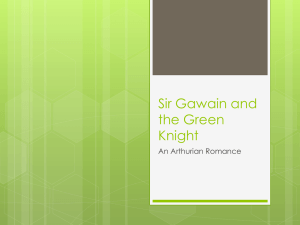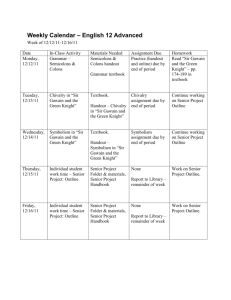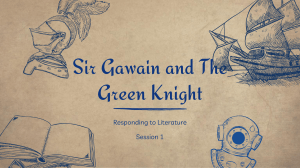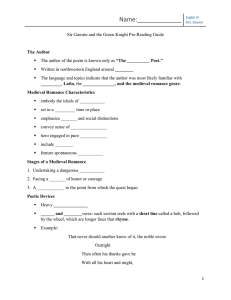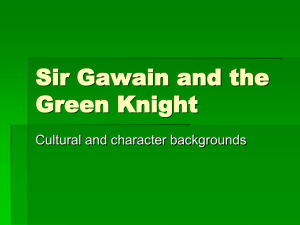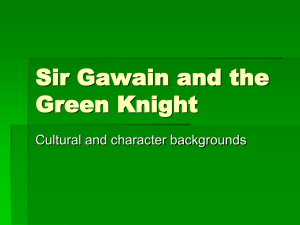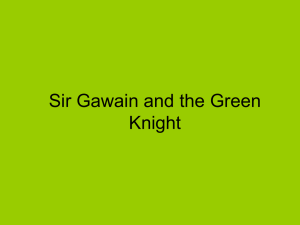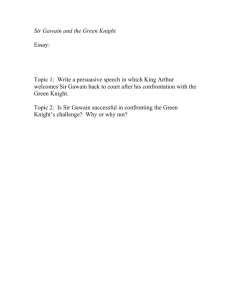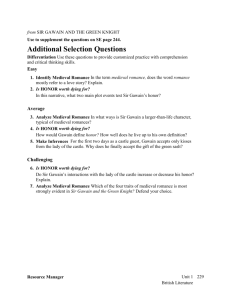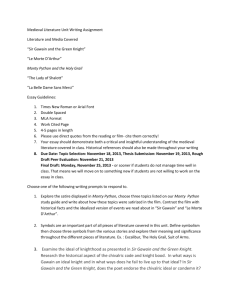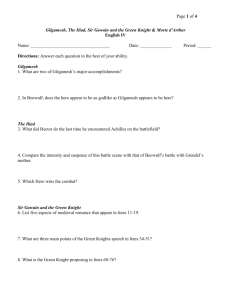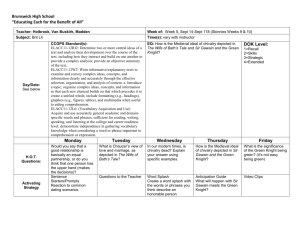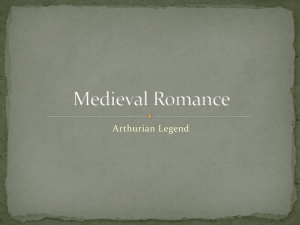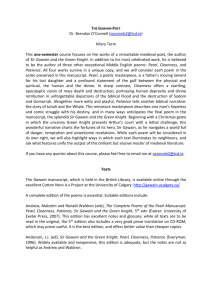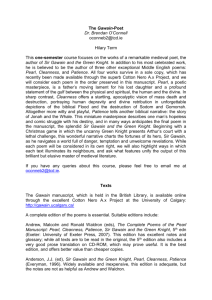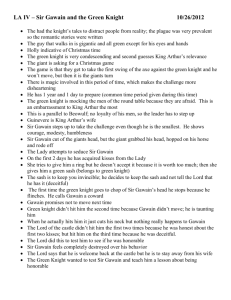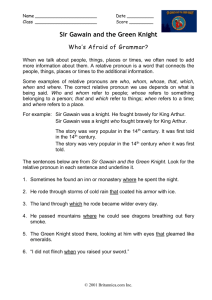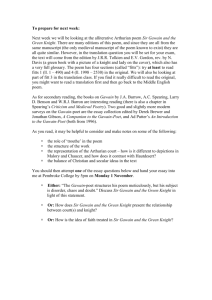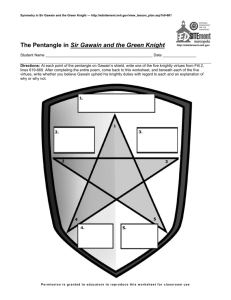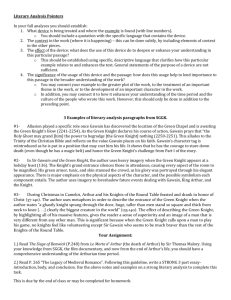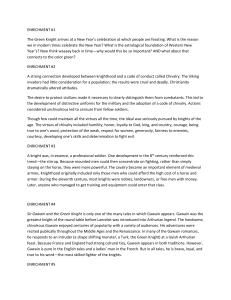Medieval Period “The Middle Ages” 1066-1485
advertisement
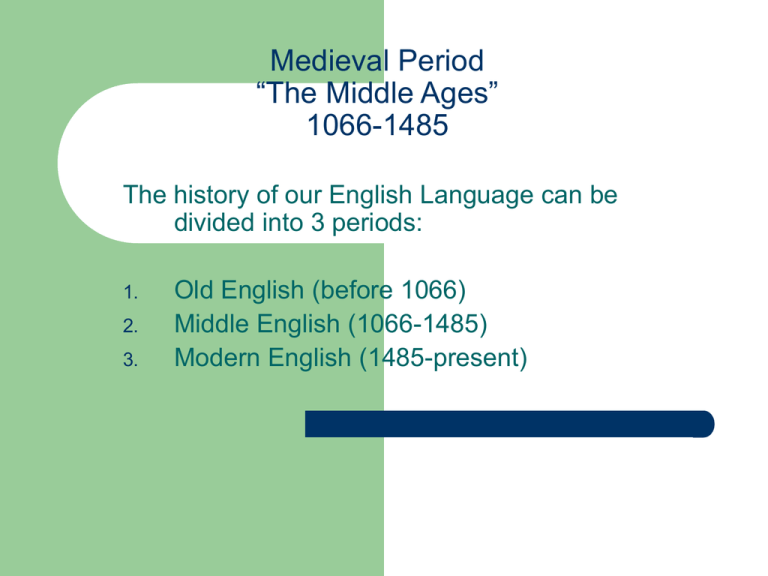
Medieval Period “The Middle Ages” 1066-1485 The history of our English Language can be divided into 3 periods: 1. 2. 3. Old English (before 1066) Middle English (1066-1485) Modern English (1485-present) Language in Transition “Middle Ages” Around the year 1000, Old English pronunciation changed when distinct vowel sounds at the ends of words were being dropped. Middle English differed from Old English in its greater reliance upon fewer plural forms. Language in Transition “Middle Ages” Middle English was a more analytical language. Stressed word order/syntax Incorporated “function” words—verbs French Invade England October of 1066 Leading Normandy was Duke William or “William the Conqueror”, who defeated and killed the last Anglo-Saxon king. This was the beginning of the Norman Conquest. Norman Conquest The Norman Conquest radically changed: English History English Character English Language William the Conqueror is known for three accomplishments: 1. Creating the Domesday Book which was an inventory of every piece of property in England. 2. Bringing the French language to England Creating a bilingual society Upper-Class: spoke French Lower-Class: spoke English 3. Social System known as Feudalism Feudalism & Knighthood Feudalism Religious concept of hierarchy. GOD KING BARON VASSAL KNIGHTS SERFS 2 Major impacts on England as a result of the Feudal System: Form and Manners Form—better known as knighthood. The institution of knighthood was firmly based on the ideas of loyalty. We will see this clearly in Sir Gawain and the Green Knight. He is honor-bound to accept a challenge that he knows could bring death. 2nd major impact that the feudal system had on England: Manners Code of Chivalry—Courtly Love A system of ideas and behavior codes that governed both knight and gentlewoman. Three aspects that make up the Code of Chivalry Loyalty to Lord 1. Your oath, honor, and respect went directly to your lord. 2. Warfare Rule Idea of Fairness 3. Courtly Love Men--mostly the knights-idolized women. They would show this by wearing the colors of their lady in battle, to glorify her. This love for a woman was thought to make the knight a better fighter. They were inspired by women. ROMANCE Courtly Love provided ‘built-in’ drama for a poet or storyteller. It brought about the form of literature known as a ROMANCE: a medieval story in verse form in which a brave knight must overcome great danger for the love of a noble lady or higher idea. Sir Gawain and the Green Knight Composed around 1370 An unknown author transformed the popular romance into great art. 1. An alliterative romance poem. (Legend) 2. Quest—in which the hero undertakes a perilous journey in search of something of great value. Basic narrative pattern of a romance: Hero 3. Supernatural event Sir Gawain and the Green Knight In Sir Gawain you will see the pull of sexual temptation and of life in the medieval castle. Gawain is the model of the chivalric hero whose character is being tested on: Courage Fidelity Morality Sir Gawain and the Green Knight Purpose of Sir Gawain and the Green Knight: teach us a moral lesson. Theme: To achieve nobility human beings must rely on the constant practice of a number of virtues such as: Courage Honesty Self-sacrifice Sir Gawain and the Green Knight Setting (time) The mythical past of King Arthur’s Court. Setting (place) Camelot; the wilderness; Bertilak’s castle; the Green Chapel. Motifs The seasons; games

